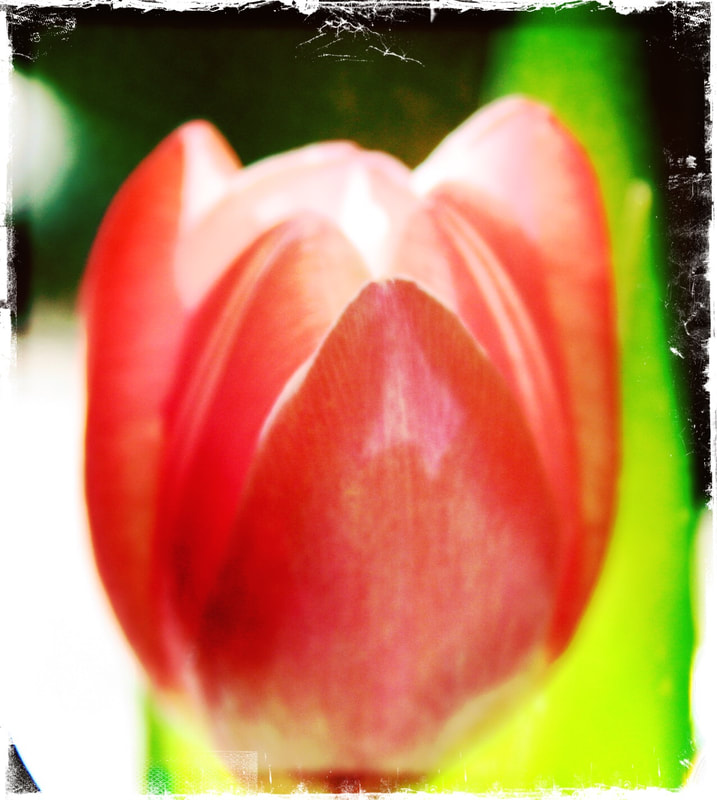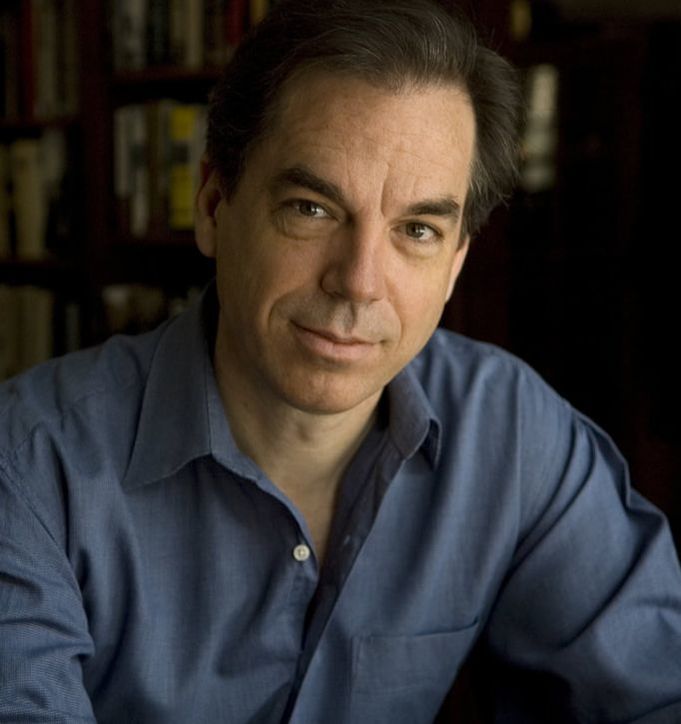ASSAY: A JOURNAL OF NONFICTION STUDIES
5.1
5.1
|
|
Miles Harvey's books include the national and international bestseller The Island of Lost Maps: A True Story of Cartographic Crime. His current nonfiction project concerns a swindler with dreams of ruling the world. Tentatively titled The King of Confidence, it is forthcoming in 2019 from Little, Brown and Company. A former Knight-Wallace journalism fellow, Harvey teaches creative writing at DePaul University, where he is co-founder of Big Shoulders Books and editor of the oral-history collection How Long Will I Cry?: Voices of Youth Violence.
|


